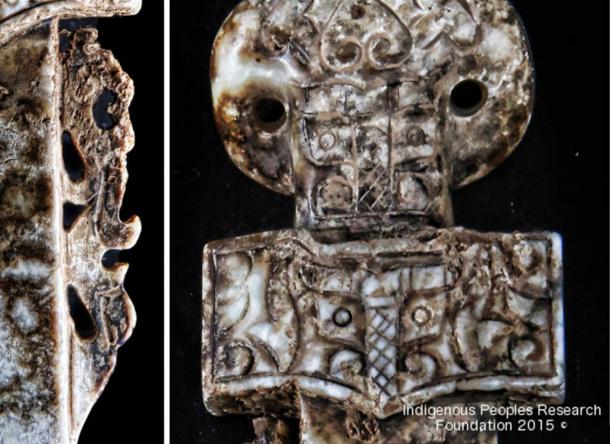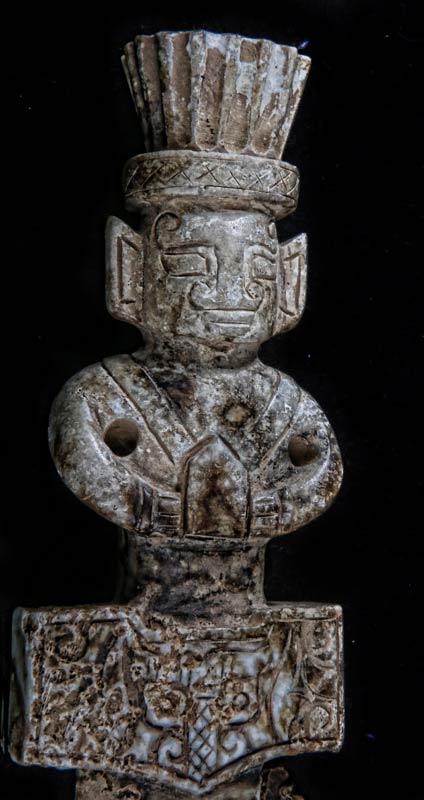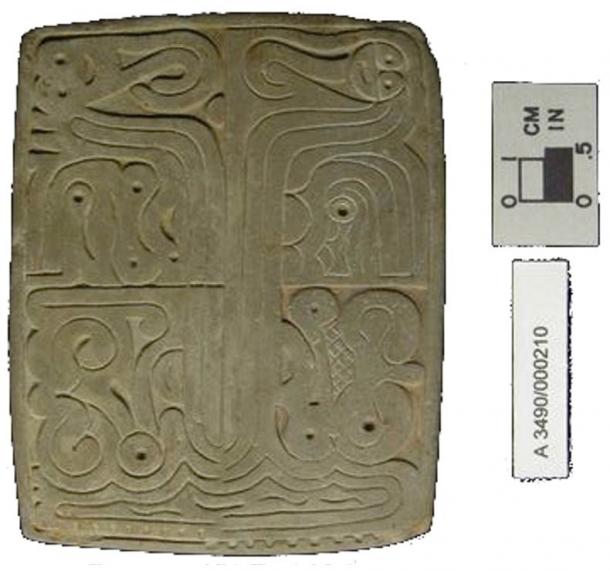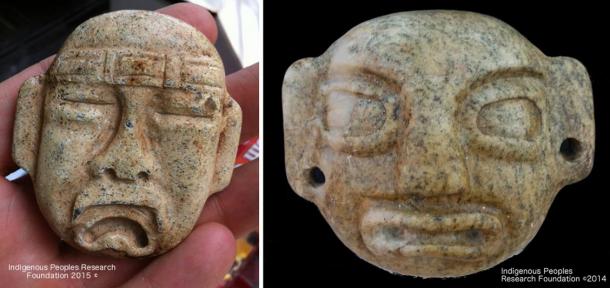The SCOTUS has been a big disappointment. I never understand how they come to some of their conclusions.
Voting-Rights Advocates Get Win at Supreme Court
Monday’s big election law news came from the Supreme Court’s penultimate decision of the term upholding Arizona’s congressional districts.But before handing down its last three decisions, the court made voting-rights advocates happy by deciding not to review a different election case.
“Arizona citizens can continue to participate in voter registration drives without worrying about not having proof of citizenship documents,” Shirley Sandelands, of the League of Women Voters of Arizona, said in a statement Monday.
The case, Kobach, et al. v. Election Assistance Commission, et al., was about whether Arizona and Kansas could require voters to prove their citizenship when registering to vote with the so-called “federal form.” Kansas Secretary of State Kris Kobach led the suit against the U.S. Election Assistance Commission, which was an appeal of a lower court decision.

The Supreme Court did not take up a voter ID case brought by Arizona and Kansas. (CQ Roll Call File Photo)
The Supreme Court had already ruled in 2013 that state proof-of-citizenship laws couldn’t be applied when people try to register with the federal form. The states’ direct request to the EAC was a last-ditch effort to get around that.
By not hearing the case, the Supreme Court effectively upheld the decision of the 10th Circuit Court of Appeals, which ruled against Arizona and Kansas in November 2014, saying the EAC did not have to modify its form to meet state laws. Under the federal form, would-be voters need only swear under penalty of perjury that they are citizens.
“This is a very big deal,” University of California Irvine Law Professor Rick Hasen wrote on his election law blog Monday. “Kobach had the potential to shift more power away from the federal government in administering elections toward the states,” he added.
In a joint statement, the League of Women Voters of Arizona and Kansas and the Brennan Center for Justice praised the court for “reaffirming the important role Congress plays in preserving a fair voter registration process across the country.” The LWV, represented by the Brennan Center and several law firms, was a defendant in the case with the EAC.
“This is an important win for the National Voter Registration Act and an important step forward in making sure that all that are eligible are registered to vote,” President of the League of Women Voters of the U.S. Elisabeth MacNamara said in a statement.
But Kobach still hopes states’ authority will be recognized.
“Our position in court is that we’re exercising our state’s right to define the qualifications of electors,” Kobach told CQ Roll Call Monday afternoon. “By creating this loophole, the federal agency is interfering,” he said in reference to the EAC.
Kobach emphasized the court’s decision not to review the case does not reflect its opinion on the issues of the case.
“The Supreme Court decision not to review was not particularly surprising given the fact that there was no circuit split yet,” the secretary of state said.
Typically, Kobach continued, “the Supreme Court favors reviewing decisions where one circuit has gone one way and another circuit has gone another way. It appears that the Supreme Court is waiting for another circuit to weigh in.” He expects the 11th circuit, which he said has jurisdiction over two states with similar proof-of-citizenship laws, to eventually get involved.
The Kansas and Arizona laws stand, meaning that people wishing to register to vote with state forms are required to show proof of citizenship. Kobach said more than 99 percent of Kansans use the state forms. “But because of the Supreme Court decision not to review the case,” he added, “we do have a small limited loophole.” The slim majority that uses the federal form can “refuse to provide proof of citizenship,” he said, “but that will only suffice for federal elections.”
Kobach said he’ll be sending another request to the EAC, but that that request will be presented differently from the state’s previously denied request.
“Every time an alien votes, it may not steal an election, but it will cancel out a vote of a U.S. citizen,” Kobach said.
http://www3.atr.rollcall.com/supreme-court-victory-for-voting-rights-advocates/?dcz
New research suggests nature walks are good for your brain

(iStock)
In the past several months, a bevy of studies have added to a growing literature on the mental and physical benefits of spending time outdoors. That includes recent research showing that short micro-breaks spent looking at a nature scene have a rejuvenating effect on the brain — boosting levels of attention — and also that kids who attend schools featuring more greenery fare better on cognitive tests.
And Monday, yet another addition to the literature arrives — but this time with an added twist. It’s a cognitive neuroscience study, meaning not only that benefits from a nature experience were captured in an experiment, but also that their apparent neural signature was observed through brain scans.
The paper, by Stanford’s Gregory Bratman and several colleagues from the United States and Sweden, was published Monday in the Proceedings of the National Academy of Sciences. In it, 38 individuals who lived in urban areas, and who had “no history of mental disorder,” were divided into two groups — and asked to take a walk.
Half walked for 90 minutes through a natural area near the Stanford campus. The other half walked along a very busy road in downtown Palo Alto, Calif. (along El Camino Real, for those who know the area). Before and also after the walk, the participants answered a questionnaire designed to measure their tendency toward “rumination,” a pattern of often negative, inward-directed thinking and questioning that has been tied to an increased risk of depression, and that is assessed with questionnaire items like “My attention is often focused on aspects of myself I wish I’d stop thinking about,” and “I spend a great deal of time thinking back over my embarrassing or disappointing moments.”
Finally, both before and after the walk, the participants had their brains scanned. In particular, the researchers examined a brain region called the subgenual prefrontal cortex — which the study calls “an area that has been shown to be particularly active during the type of maladaptive, self-reflective thought and behavioral withdrawal that occurs during rumination.”
“This provides robust results for us that nature experience, even of a short duration, can decrease this pattern of thinking that is associated with the onset, in some cases, of mental illnesses like depression,” says Gregory Bratman, the lead author of the study.
What’s particularly valuable is that the brain scans allowed for the examination of a potential cognitive mechanism by which nature experiences help our mental states. Without such evidence, psychological research can in effect only speculate on the behavior within actual regions of the brain. “That’s why we wanted to push and get at neural correlates of what’s happening,” said Bratman.
In other words, the new research provides a new kind of evidence that is not only consistent with — but also strengthens — the growing body of research on the benefits of nature exposure.
Granted, brain scan research can be controversial – and it’s not as if conditions like depression have a single, simple cause. So as with all research, this work will need to be extended and verified by future studies.
The researchers set their study in the context of modern trends toward ever larger numbers of people living in cities — and an already demonstrated link between urbanization and mental health problems, such as depression and anxiety.
“We just passed the halfway point recently where 50 percent of humanity lives in urban areas,” said Bratman. “Along with this trend comes a decrease in nature and nature experience.” And the urbanized percentage of humanity is projected to be 70 percent by the year 2050, the study said.
But a key question raised by this is, precisely how would an urban environment worsen — or at least, fail to protect against — a mental behavior like rumination?
The idea seems to be that living in an urban area “is associated with many kinds of stressors, whether it be noise, increased social interactions, traffic,” said Bratman, which in turn increases rumination and anxiety — though he admits that this link in the study’s chain of logic needs further demonstration.
Still, it makes sense. Just think of waking up to the sound of a garbage truck in the morning outside your window — and the accumulation of all of this can lead to negative repercussions on our psyches. Meanwhile, the authors speculate, nature environments allow for “positive distractions” that block or counteract these negative mental processes. Rumination is “this inward focused, maladaptive choice of where you direct your attention,” said Bratman, and nature gives an alternative opportunity for attentional focus.
The researchers also tie their results to a large literature on so-called “ecosystem services” — valuable benefits, such as carbon sequestration or water purification, provided by natural environments. The work suggests that on top of these benefits, there may also be “psychological ecosystem services” as well.
That’s a mouthful — but the underlying thought that it captures is pretty simple. Spending time outdoors, in nature, is good for you. The new study just adds — in a new way — to a growing body of evidence that demonstrates that.
http://www.washingtonpost.com/news/energy-environment/wp/2015/06/29/fixating-or-brooding-on-things-take-a-walk-in-the-woods-for-real/











